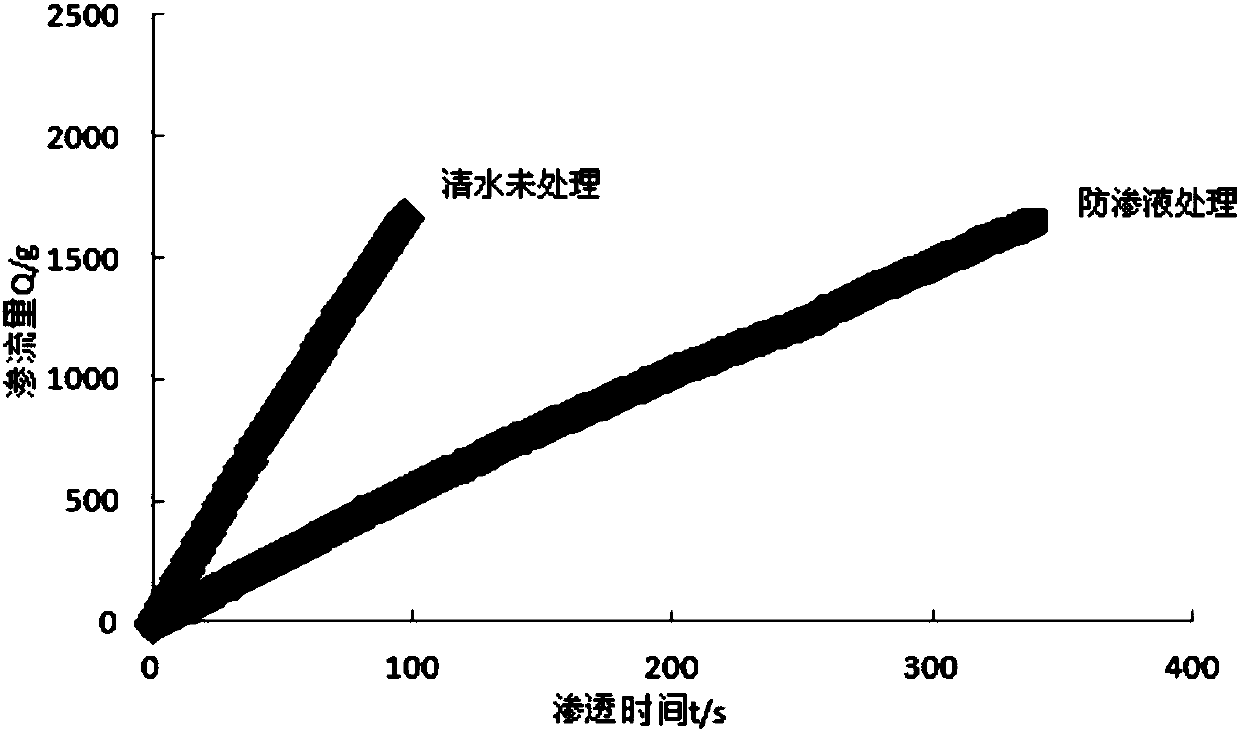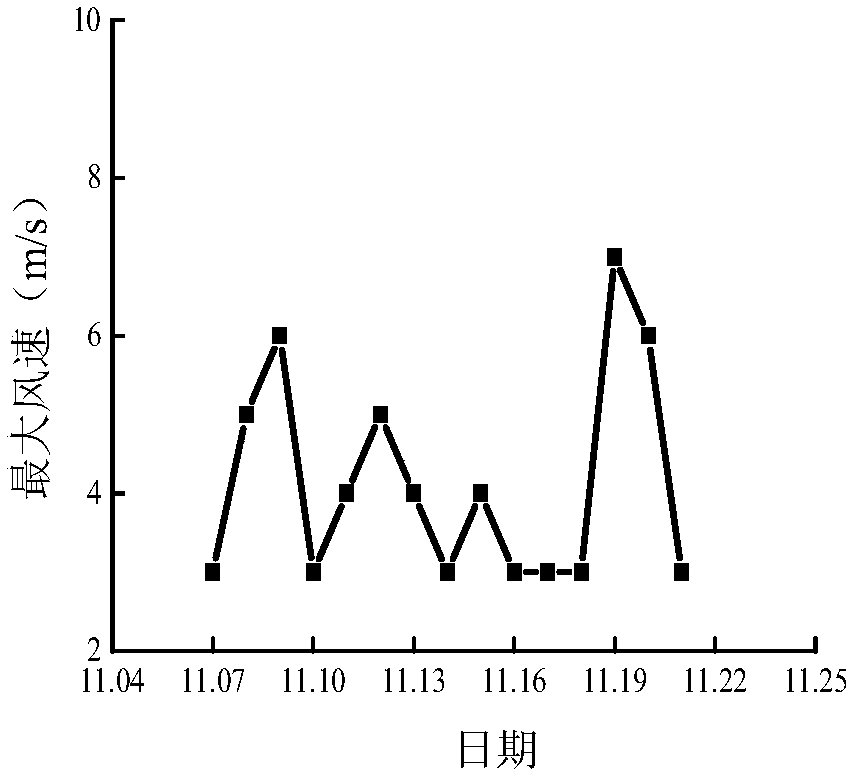Green desert planting structure and method of growing plants in desert
A planting structure and desert technology, which is applied to the green desert planting structure and planting in the desert, the desert planting structure and the field of planting in the desert, can solve the problems of low plant survival rate, slow effect, and surrounding environmental pollution, and achieve Effect of promoting plant growth, simple operation, and high survival rate
- Summary
- Abstract
- Description
- Claims
- Application Information
AI Technical Summary
Problems solved by technology
Method used
Image
Examples
Embodiment 1
[0054] The method for planting plants in the desert of the present embodiment comprises the steps:
[0055] The first step is to prepare the microbial anti-seepage reinforcement solution: adopt the preservation number to be CGMCCNo.1.3687 for the sarcina pasteurianus to proliferate and cultivate, and the microorganisms, calcium nitrate, sodium chloride, and urea grown to the logarithmic phase will be grown to the logarithmic phase according to the concentration of Microorganism 10 8 A / L, urea 1.5mol / L, calcium ion 1.5mol / L, sodium chloride 9g / L mixed in the aqueous solution;
[0056] Step 2: Select a desert with coarse sandy soil, arrange the space required for planting plants according to the row spacing and column spacing required by the plants to be planted and the size of the planting pits and excavate the planting pits;
[0057] In the third step, the surface of the planting pit is treated with the microbial anti-seepage reinforcement solution for 3 times, and the sprayi...
Embodiment 2
[0061] The method for planting plants in the desert of the present embodiment comprises the steps:
[0062] The first step is to prepare the microbial anti-seepage reinforcement solution: use Bacillus urea with a preservation number of CGMCC No.1.7272 for proliferation and culture, and the microorganisms, calcium chloride and urea that have grown to the logarithmic phase will be divided into microorganisms at a concentration of 10 7 A / L, urea 0.3mol / L and calcium ion 0.3mol / L are mixed in the aqueous solution;
[0063] Step 2: Select a desert with coarse sandy soil, arrange the space required for planting plants according to the row spacing and column spacing required by the plants to be planted and the size of the planting pits and excavate the planting pits;
[0064] Step 3: Use the microbial anti-seepage reinforcement solution to treat the surface of the planting pit once, and the spraying amount of the microbial anti-seepage reinforcement solution for each treatment is 1L / ...
Embodiment 3
[0068] The method for planting plants in the desert of the present embodiment comprises the steps:
[0069] The first step is to prepare the microbial anti-seepage reinforcement solution: the sarcina sarcinioides with the preservation number CGMCC No.1.3687 are used for proliferation and culture, and the microorganisms, calcium acetate, sodium chloride, and urea that have grown to the logarithmic phase are divided according to the concentration for microbes 10 9 A / L, urea 3mol / L, calcium ion 3mol / L and sodium chloride 15g / L are mixed in the aqueous solution;
[0070] Step 2: Select a desert with coarse sandy soil, arrange the space required for planting plants according to the row spacing and column spacing required by the plants to be planted and the size of the planting pits and excavate the planting pits;
[0071]In the third step, the surface of the planting pit is treated with the microbial anti-seepage reinforcement solution for 5 times, and the spraying amount of the m...
PUM
 Login to View More
Login to View More Abstract
Description
Claims
Application Information
 Login to View More
Login to View More - R&D
- Intellectual Property
- Life Sciences
- Materials
- Tech Scout
- Unparalleled Data Quality
- Higher Quality Content
- 60% Fewer Hallucinations
Browse by: Latest US Patents, China's latest patents, Technical Efficacy Thesaurus, Application Domain, Technology Topic, Popular Technical Reports.
© 2025 PatSnap. All rights reserved.Legal|Privacy policy|Modern Slavery Act Transparency Statement|Sitemap|About US| Contact US: help@patsnap.com



